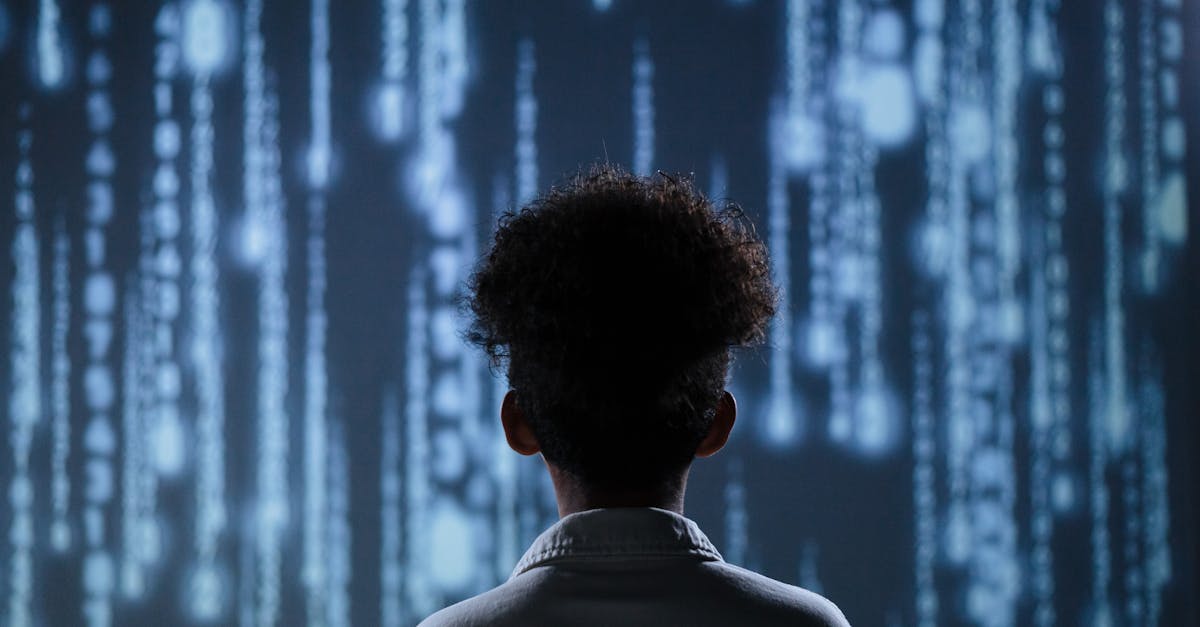Have you ever thought about how technology is reshaping the world around us? As I look at the growing role of AI in our daily lives, I notice its influence even extends into the courtroom. AI jury selection is just one way technology is making waves in legal processes. Imagine sitting in a jury box, knowing an algorithm helped decide if you’re there. It’s fascinating yet a bit unsettling, isn’t it?
I understand why you might feel uneasy. With AI involved in jury selection, questions about fairness and ethics arise. Can AI models truly eliminate bias, or do they risk introducing new biases? These concerns remind me of a complex puzzle, where each piece matters. From AI legal ethics to potential racial bias, these challenges reflect the intricacies of courtroom technology. But I believe discussing and understanding these topics is essential for us, especially in today’s rapidly evolving legal landscape.
Curious about how these technologies impact the judicial system? Let’s explore how AI is changing jury selection and what it means for justice. Dive in with me—I promise it will be an enlightening journey!

Photo provided by Google DeepMind on Pexels
Inside the story
AI Jury Selection: Unveiling Its Role
Understanding the Basics
When I first heard about AI in legal processes, I was curious. What exactly is AI jury selection? Simply put, it is a method that uses computer systems to help select jurors in court cases. These systems analyze data to determine who might be best suited to serve on a jury. The idea is to make the jury selection process more efficient and unbiased. I often wonder how this technology works, and if it really can make fair decisions.
Technology’s Influence
So, how is AI changing jury selection? I find it fascinating that technology can help reduce human error. This means that the process can be faster and possibly even fairer. With AI, we might avoid the personal biases that sometimes influence human choices. However, I also wonder if there are new risks involved. Could machines make mistakes too? But overall, the role of courtroom technology is expanding, and it’s interesting to see how it evolves over time.

Impacts of AI on Legal Processes
Enhancing Courtroom Efficiency
AI is streamlining legal dynamics. When I think about it, the efficiency it brings is impressive. It can handle a lot of data quickly, which speeds up the jury selection process. This means less time waiting for cases to begin. I believe that this technology could make the courtroom experience smoother for everyone involved. For example, lawyers can focus more on their cases rather than administrative tasks.
Ethical Considerations
AI legal ethics are vital in practice. The use of AI raises some important questions for me. Are these systems making ethical decisions? Can they maintain fairness and justice? It’s crucial to make sure that the technology doesn’t introduce new biases. I feel that transparency in how these systems operate is key. As we move forward, ensuring that AI aligns with ethical standards will be very important. This is especially true when considering jury selection technology and its implications.

Photo provided by Google DeepMind on Pexels
Challenges in AI Jury Selection
Addressing Bias Concerns
Combating inherent technology bias is a major challenge. I know that no system is perfect, and AI is no exception. Bias can creep into algorithms if not carefully checked. I often think about how to address implicit bias jury issues. It’s crucial to recognize and correct any biases that might influence selections. Ensuring fair outcomes means constantly reviewing and updating the technology.
Navigating Legal Complexities
Challenges in the AI judicial system are ongoing. The legal landscape is complex, and AI adds another layer to it. Navigating these complexities requires clear guidelines and regulations. I wonder if the existing laws can keep pace with such rapid changes. I believe that ongoing dialogue between technology experts and legal professionals is necessary. This way, we can ensure that AI is used in ways that enhance justice without causing unintended disparity jury strike.

Photo provided by Google DeepMind on Pexels
The Future of Jury Selection Technology
Innovations Ahead
Emerging trends in courtroom technology are exciting. The potential of AI is vast, and I look forward to seeing what comes next. Innovations might make the process even more efficient and fair. However, staying ahead means being aware of both opportunities and risks. I often ask myself what new methods might emerge to improve AI judicial system outcomes.
Adapting to Evolving Needs
Meeting demands of modern courtrooms is crucial. As society changes, so do the needs of the legal system. AI must be adaptable to remain relevant. I often think about how it can address new challenges and improve current practices. Embracing change and technology can lead to better legal outcomes for everyone involved. Therefore, understanding and adapting to these evolving needs is something I’m always conscious of.
Embrace the Future with Confidence
AI in legal processes is transforming how we select juries. You can enjoy more fairness and efficiency. It can reduce bias and ensure diverse representation. These are crucial improvements that create fairness and trust in legal outcomes. Understanding how courtroom technology works gives you an edge in navigating the modern judicial system. Embrace this change and enjoy a smoother, more equitable experience.
To start, learn about the algorithms and models like logistic regression in jury selection. Familiarize yourself with potential biases and how technology addresses them. Dive into resources on bias reduction in jury processes to stay informed. Consider attending webinars or workshops on AI legal ethics and courtroom advancements to deepen your knowledge.
Take action today. Explore how jury selection technology can benefit your practice or case. Reach out to experts or join forums to discuss AI judicial systems. Stay curious, and let this modern tool enhance your legal journey. You’ve got this!
